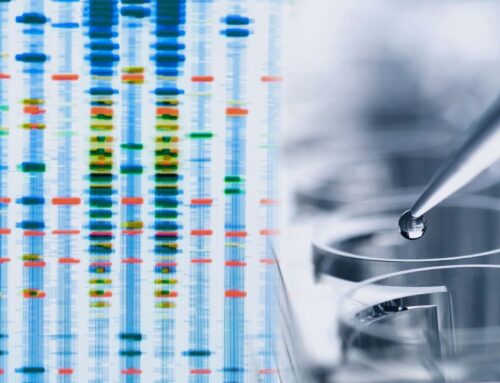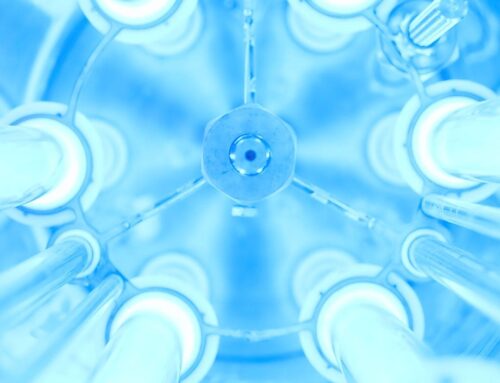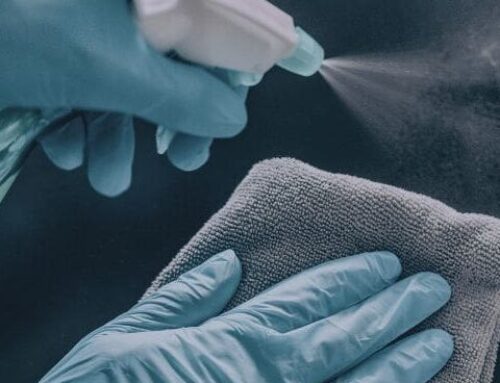 In many natural settings and in most chronic infections, bacteria live in communities called biofilms. Biofilms often include layers of dead cells and debris, all glued together with extra-cellular compounds such as polysaccharides. This matrix protects the live cells from disinfection and antibiotics. Biofilms are of interest to many companies that make antimicrobial agents.
In many natural settings and in most chronic infections, bacteria live in communities called biofilms. Biofilms often include layers of dead cells and debris, all glued together with extra-cellular compounds such as polysaccharides. This matrix protects the live cells from disinfection and antibiotics. Biofilms are of interest to many companies that make antimicrobial agents.
Montana State University’s Center for Biofilms Engineering Annual Meeting was held July 15-17. Antimicrobial Test Laboratories attended the meeting along with scientists and engineers from several companies and representatives from EPA. FDA did not attend.
The following presentations were particularly interesting:
- Dr. Stephen Tomasino (US EPA) – EPA is making fast progress on biofilm test methods and performance standards that utilize the CDC bioreactor.
- LaShanda Glenn (P&G) – P&G has studied the effect of biofilm growth temperature on efficacy in anti-biofilm studies using ASTM E2871 and observed variability.
- Dr. Randy Wolcott, MD – Traditional wound cultures often mis-identify bacteria present in a biofilm infection. DNA sequencing his patients’ wound biofilms, then treating with targeted antibiotics brought the 90 day healing rate from 38% to 81%.




